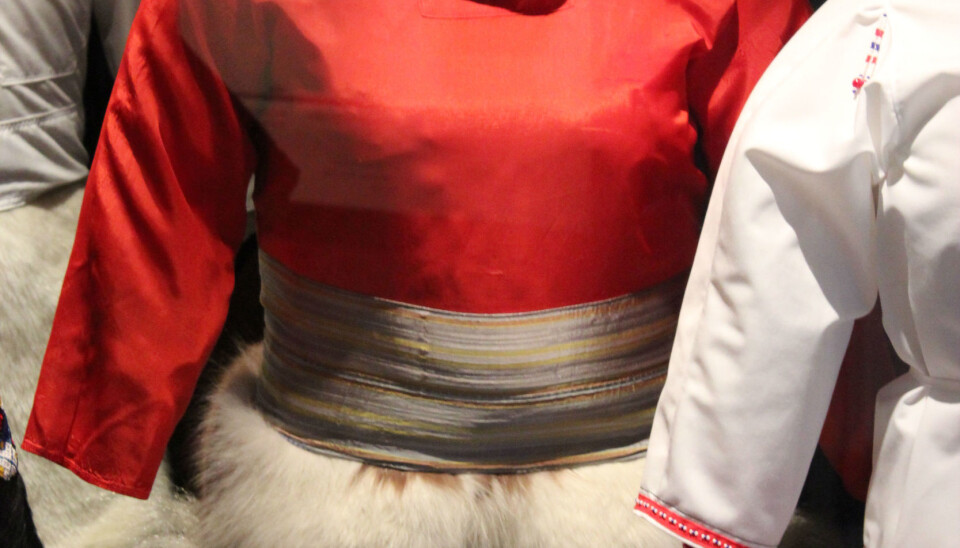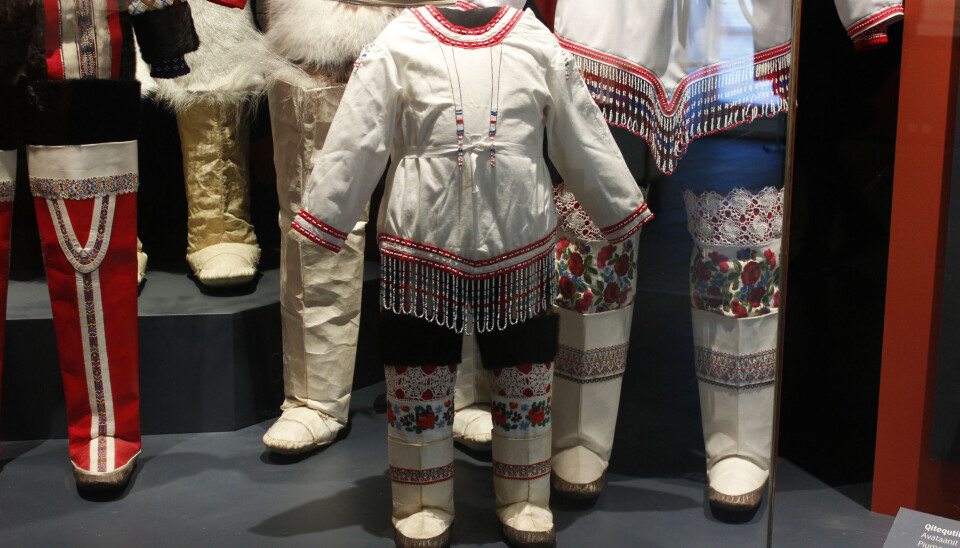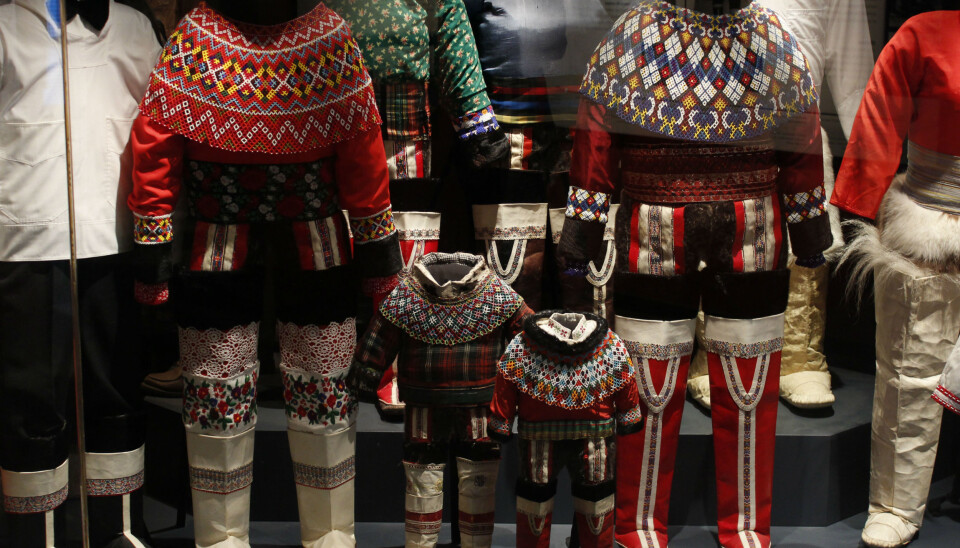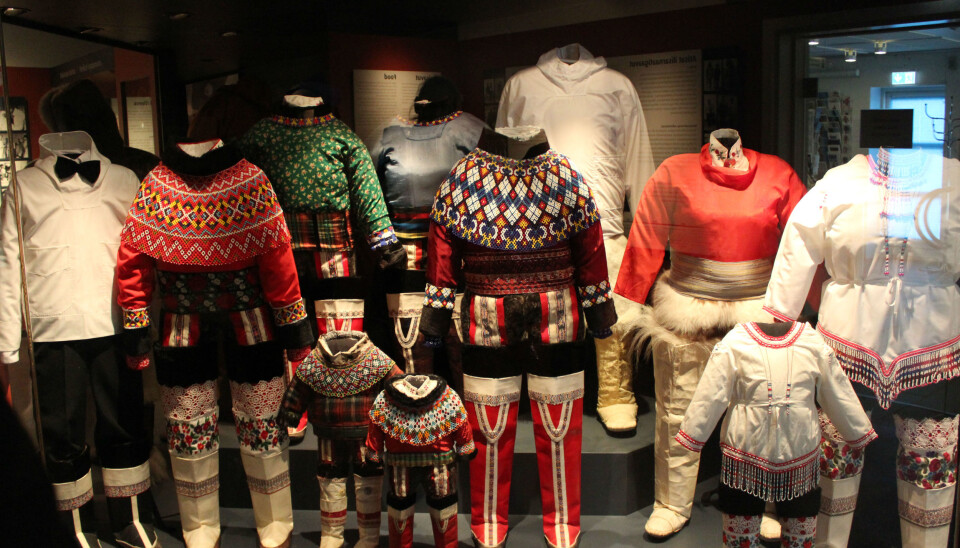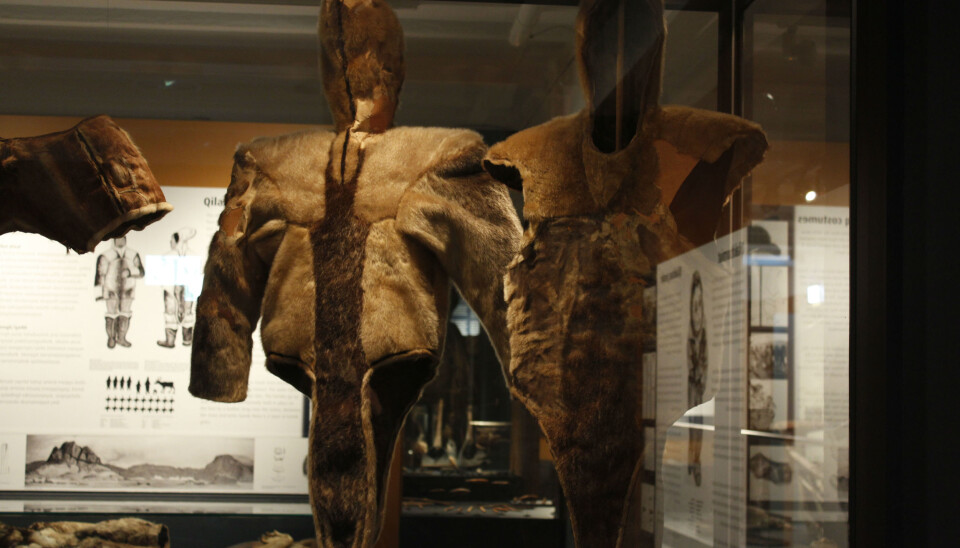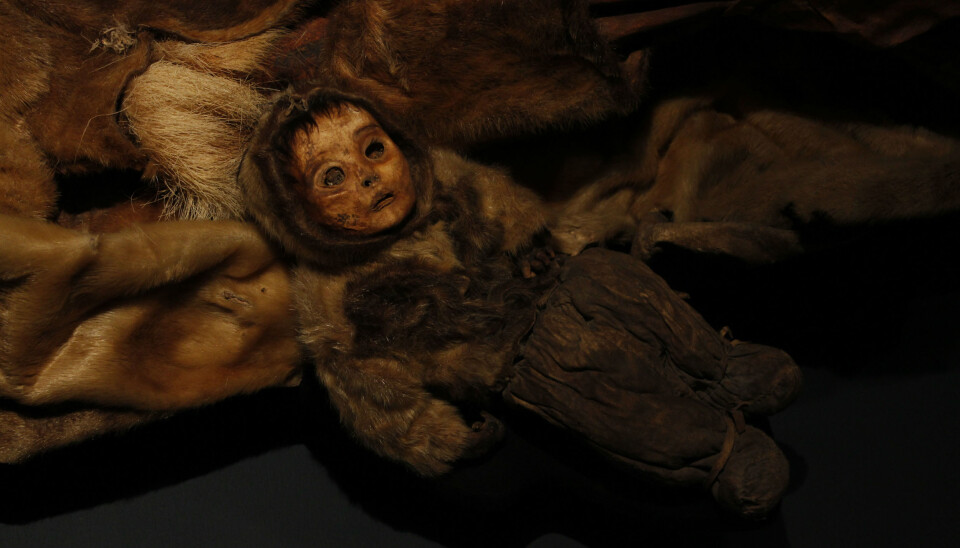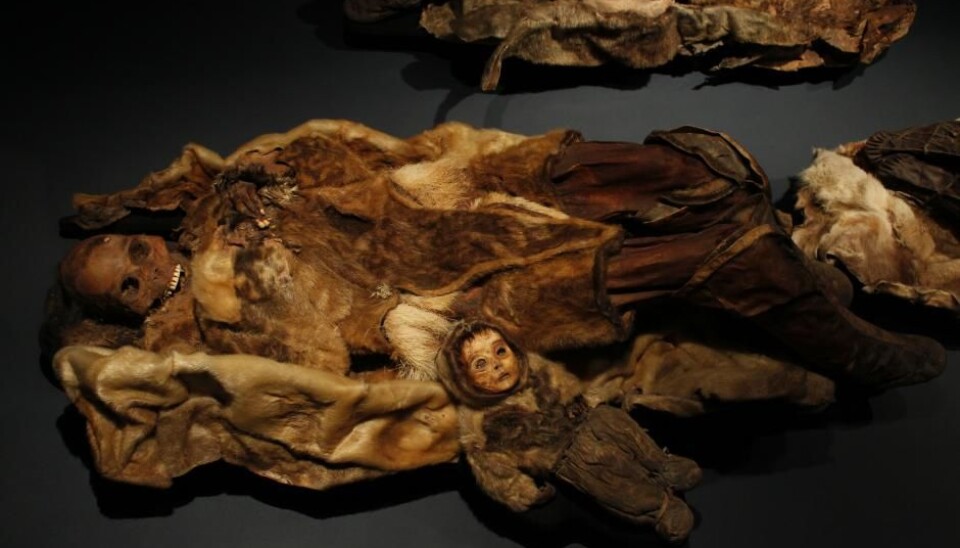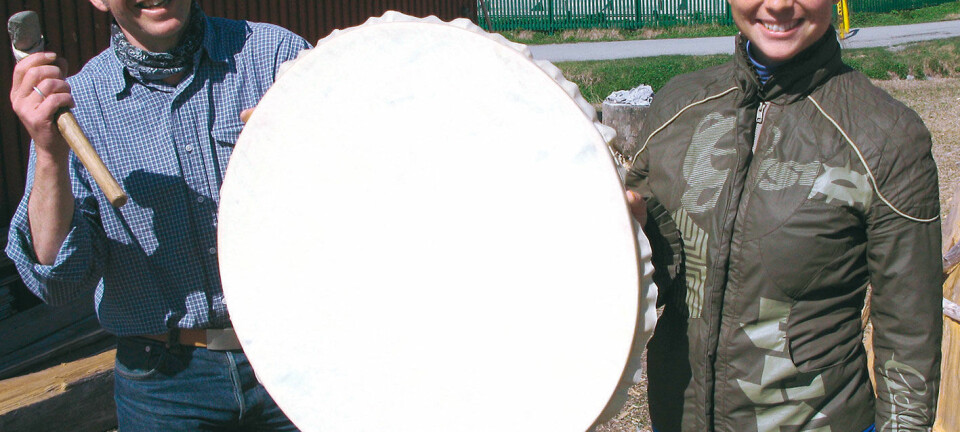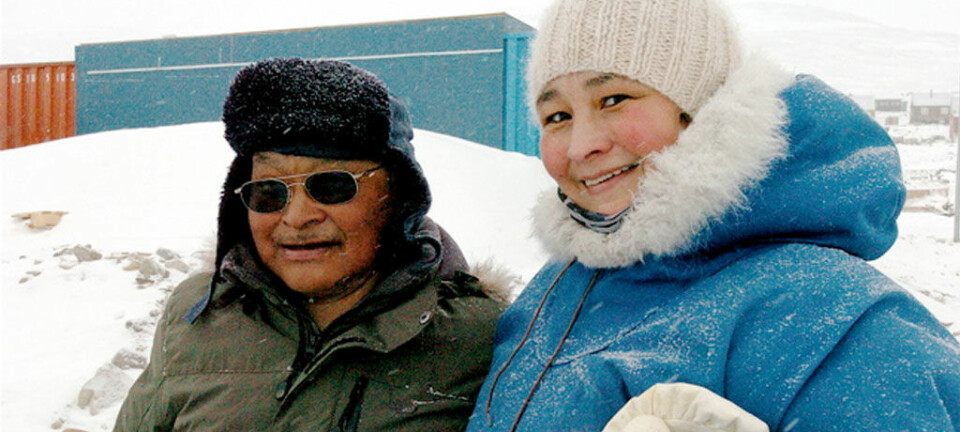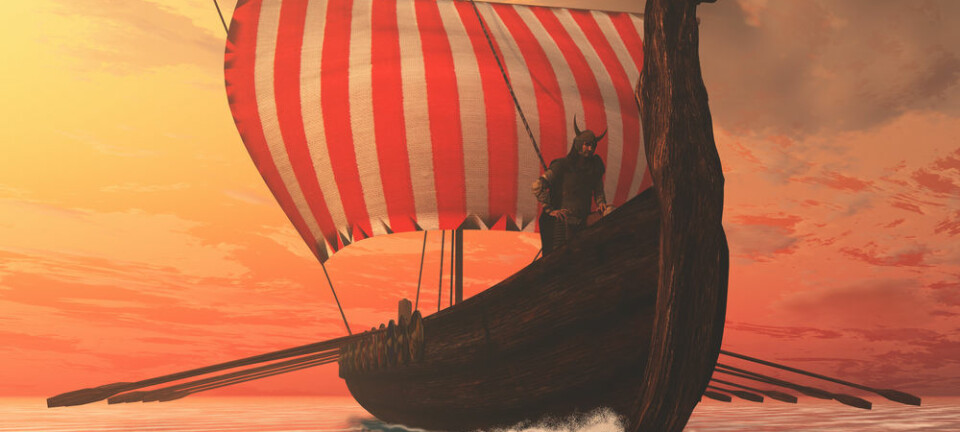Arctic tomb preserves oldest known Inuit dress
GREENLAND: The oldest examples of clothing from the Arctic were discovered by hunters in a 500 year-old grave in north west Greenland and are now on display in the Greenland National Museum.
In 1972, two hunters discovered a couple of stone covered graves in north west Greenland. Inside were the mummified remains of eight people that radiocarbon dates are expected to reveal, died, 500 years ago.
The discovery itself was a sensation, but the contents of the tombs also caused a stir. Inside, were clothes, which would later become known as the oldest examples of Inuit dress ever discovered in the Arctic.
The clothes were made of skin and fur, with no hint of the decorative pearls or colourful fabrics that are used in modern day Inuit dress, says curator Aviâja Rosing Jakobsen, from the Greenland National Museum, Nuuk.
Jakobsen has documented the transformation of the Greenlandic national costume from an everyday, practical style to the celebration dress that we know today.
Sewn with needles made from bird bones
The garments were likely made around 1485 CE. And were designed with both mobility and the Arctic climate in mind, which required a good deal of knowledge of sewing and the materials in question.
“All moisture from the body had to be able to escape, so the body didn’t become too cold from sweat. And it was really important that the skin could breath through the clothes when it was extremely cold--many minus degrees--otherwise you would die of cold,” says Jakobsen.
And these old clothes were perfectly suited to the task of everyday life in Greenland.
“The clothes have many layers. There is a layer of bird skin with the feathers still in place, where the feathers face inwards towards the body, and a layer of sealskin, also with the hairs facing inwards,” she says.
But the designers clearly had more that functionality in mind, says Jakobsen.
“They’ve created patterns so that it is both functional and beautiful to look at. And it’s really fantastic when you know that they used bird bones as needles,” she says.
European trends inspired national dress
Researchers do not know exactly when Greenlanders left these types of every day dress behind in favour of the more decorative dress in use today, but it was not until 1774 that the Royal Greenland Trade Department started to supply groceries to Greenland, along with fabrics and pearls.
European trends began to infiltrate, and slowly, the Greenlandic national costume that we recognise today began to take shape.
"There were some pioneering women who were inspired by European fashion and culture from the homes of Danish women. They kept up with [the trends of] lace, embroidery, and bloomers. And we can see that in the lace and embroideries used in national costumes today,” says Jakobsen.
The spread of Christianity also had an influence, as Greenlanders wanted clothes that were suitable for Church.
"People were inspired by what they heard in church. They were told to attend Church in ‘proper’ clothing and that you should be well groomed. They feared that God would not treat them well if they misbehaved or didn’t wear nice clothes to Church,” says Jakobsen.
National dress marks identity
Today, the national dress serves a number of different purposes.
It is primarily worn for celebrations, such as on the national day, baptisms, confirmations, and weddings. But it is also an expression of Greenlandic national identify, says Jakobsen.
"We like to highlight the fact that we are proud Greenlanders. It’s our identity. People want to show that they are proud to be who they are and that they continue a tradition started by their ancestors,” she says.
You can explore the costumes further in this digital archive.
---------------
Read the Danish version of this article on Videnskab.dk
Translated by: Catherine Jex
